
Suitably Qualified Arboriculturist (Tree Bloke)
31st August 2017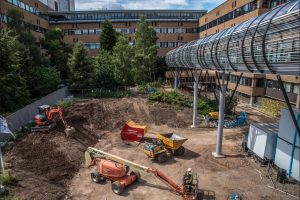
Tree Survey in Nottingham for Planning at QMC bridge.
4th October 2017Projects: Tree Surveys at Cannon Hall Barnsley
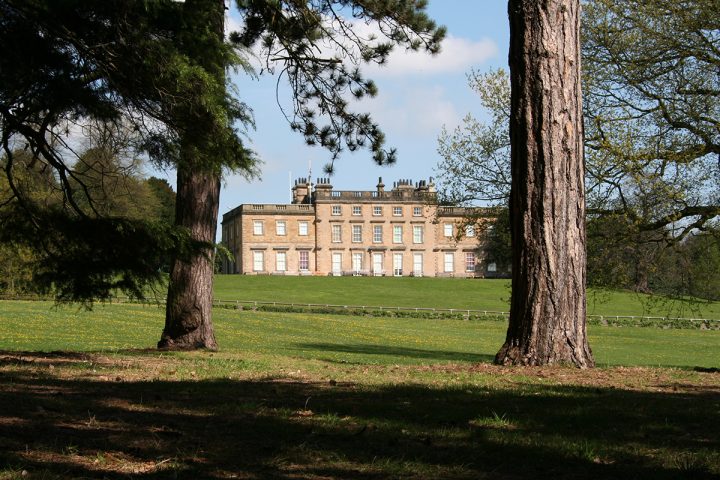

Tree Survey at Cannon Hall Barnsley South Yorkshire
Cannon Hall is located within the Barnsley Metropolitan Borough, South Yorkshire. The site has many historic and veteran specimen trees and historic woodland and we undertook extensive tree surveys and woodland surveys as part of wider restoration works.
Originally built as a large country house in the 1690s, the hall, its extensive park and intricate walled gardens were rebuilt and extended using wealth from the local iron industry, and became a superb example of a Georgian estate. Publicly owned since the 1950s, it now has several hundred thousand visitors each year. The significance of the site’s heritage trees is considerable. Cannon Hall is critical to Barnsley’s visitor economy and is often cited as the ‘flagship’.
The 1760 distinctive red-brick walled gardens include many features worthy of note, including the pear tree collection, of over 40 varieties, which is one of the most extensive and oldest in England, protected from the cold winds and frosts by the garden walls. The site’s heritage value and significance are formally recognised. The park is listed as Grade II on the English Heritage Register of Parks and Gardens of Special Historic Interest. It is a designated country park, registered Park and Garden, a Traditional Orchard BAP Priority Habitat, a Deciduous Woodland BAP Priority Habitat, a Wood-pasture and Parkland BAP Priority Habitat and listed on the national inventory of woods and trees. The parkland consists of a mosaic of grassland habitats of varying aspect and species composition, with many plantings of historic and veteran specimen trees.
We worked as part of a multiple-disciplinary team as part of the wider restoration of Cannon Hall Park and Gardens. A comprehensive understanding of the sites trees, their heritage and biodiversity value was needed. Without a full understanding of the value of the tree assets, there was a danger that tree and woodland elements would deteriorate and opportunities for sensitive management would be missed. As such, we undertook three distinct but related arboricultural work elements, to identify to establish what was there and a provide managements plans to protect and it enhance its future. Our work included:
A full tree survey to British Standard (BS) 5837 (2012):
We provided a full tree survey to British Standard (BS) 5837 for the park to inform the wider restoration of Cannon Hall Park and Gardens, including which trees needed to be removed to re-create vistas, which where degraded. The BS:5837 tree survey covered around 1000 relevant trees within the site. Specific comments and recommendations relating to tree condition and for any required works were included for each surveyed tree. A colour coded Tree Constraints Plan, showing individual tree numbers, retention category grades, positions, canopy spreads and Root Protection Areas was provided. The report discussed the results of the tree survey, providing an overview of the main tree related issues with regards to re-creating vistas. It gave advice on removal, retention and management options for the trees, including which need to be removed, which are damaged / need work. It also provided advice to the project landscape architect and the design team in relation to new tree planting and other opportunities for managing the existing tree stock.
Survey of the Historic Woodland:
The whole historic woodland area was surveyed, including its perimeter, (measuring approximately 0.6 hectares). The survey identified any features which indicate the current value of the site, positive and negative conservation/historical value and management issues, and provided information about the current condition of the woodland and future management opportunities. The woodland survey provided an overview of the woodland structure, species composition and vegetation patterns within the woodland; highlighting areas which may require more specialist surveys, such as invertebrates. Veteran, ancient and noteworthy worked trees within the woodland were located, mapped and recorded as part of the survey.
Quantified Tree Risk Assessment:
We undertook a quantified tree risk assessment of the sites trees to provide a full Arboricultural Survey and Risk Assessment. All the relevant trees were assessed, primarily in order to identify any obvious tree defects posing a serious and present risk of harm and if necessary, manage these tree-related risks to an acceptable level. Specific comments and recommendations for required works in relation to risk were given and the final report detailed all the relevant arboricultural information required to inform the owners of the condition of the trees and provided specific management actions that, once undertaken, demonstrated that a duty of care has been taken with regards to tree management.


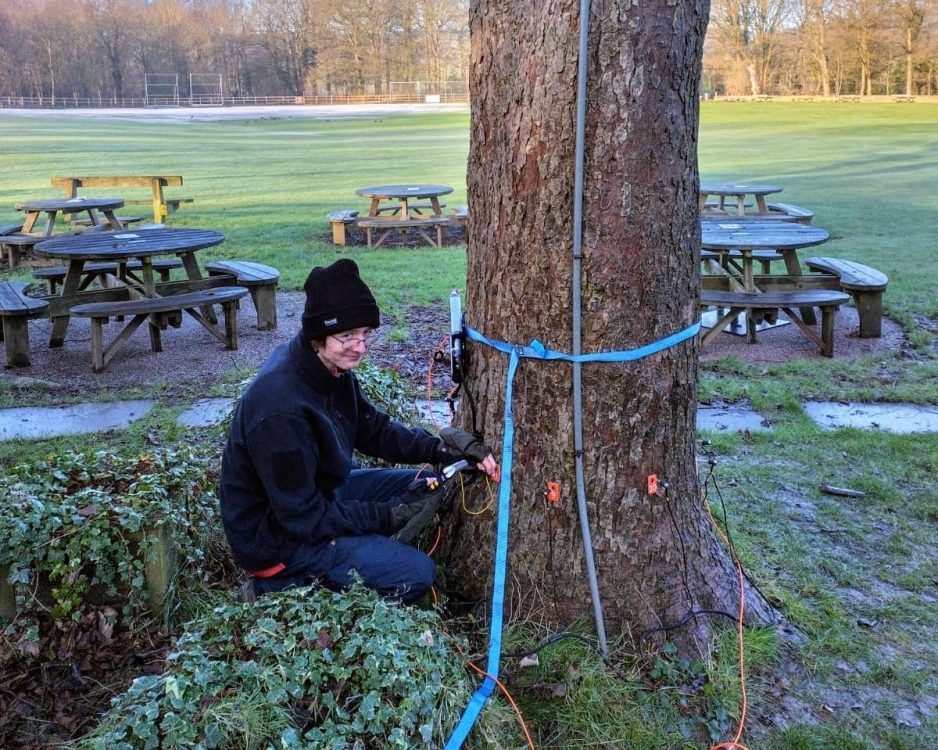
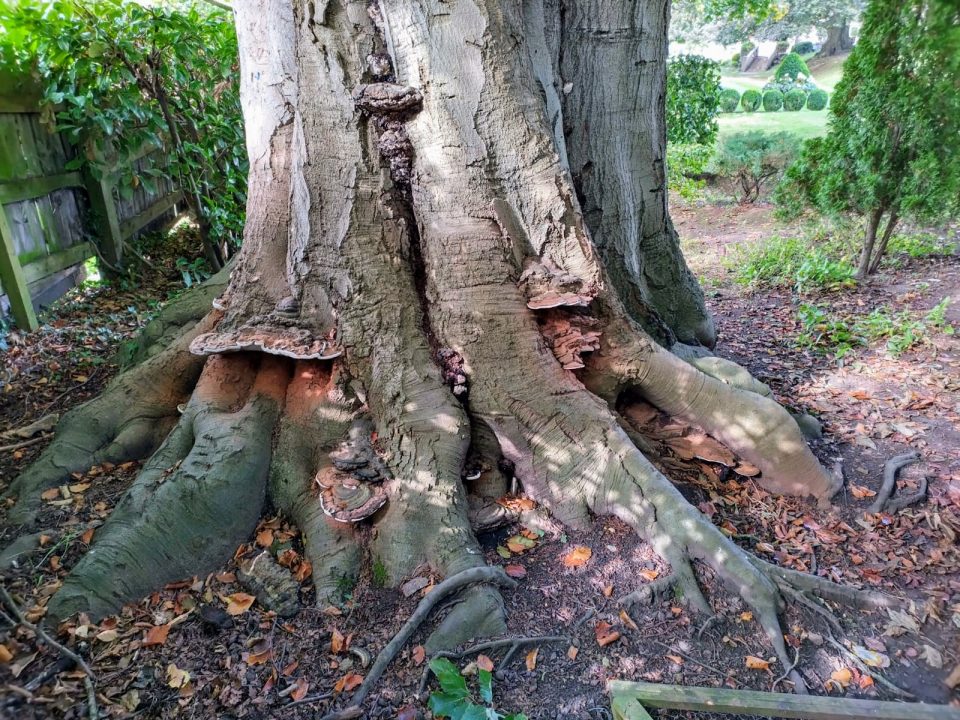
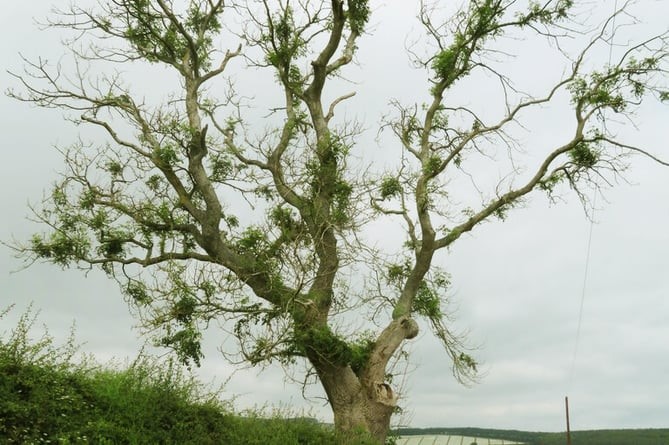
4 Comments
I noticed quite ancient trees in the ground of Cannon Hall but couldn’t see a plaque or a board stating the age . Would be great, if that were possible after this big comprehensive survey you did.
Or a leaflet with details of the location of the oldest trees. May be even with pictures of potential birds ,beatles etc .
Hi Brigitte
Thanks for the comment. There are some veteran and notable trees at Cannon Hall, they can be found on this map: https://ati.woodlandtrust.org.uk/tree-search/?v=2283244&ml=map&z=15&nwLat=53.57724851485218&nwLng=-1.6301167744894451&seLat=53.55986724888363&seLng=-1.5477193135519451
Hi Where can I read the tree survey of Cannon Hall.
Thank you
John
Hi John
I’m not sure if it’s publicly available. You could try asking the team at Cannon Hall 01226 772 002 cannonhall@barnsley.gov.uk
Many thanks
Adam